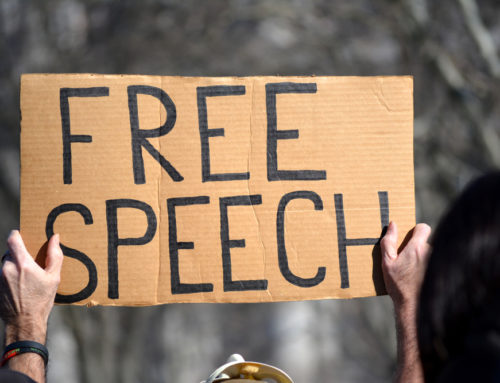
Journalists have long been the “gatekeepers” of news and information in society. Today, tools such as the Internet and social media have given millions more people the power of mass communication, and reduced the influence of professional journalists to set the agenda. But even facing an intense increase in competition, reporters still rely on and look for some specific story elements to inform them which news is really ‘news’. A savvy communicator or PR professional can take advantage of these signals to craft a message and brand that catches the journalistic eye. Michael Grimaldi described these elements in “What Makes News” for PR Boutiques International.
Conflict almost always makes news. Whether it’s between people or principles, the higher the parties involved, the greater the conflict, and the more interesting it is to media. Similarly, betrayal—a broken contract between two interests—is very often taken as evidence of a story. Journalism has historically pursued the “big lie” of a politician betraying constituents or a business misleading customers, and the drive to punish such perpetrators has not faded.
Power—and most often, its misuse—is another major red flag for reporters. Whether it is flaunted, exploited, or shifting in a major way, these issues of power feature regularly in the press. The same goes for money. Big money is always accompanied by the possibility of greed or corrupting influence, and the opportunity to expose wrongdoing and a breach of trust by the powerful. These muckraking ideals are still strongly rooted in the Fourth Estate, and more often than not, successfully turn the heads of many journalists.
In contrast to the idealistic hook is the more sensationalist, emotional appeal. Heroics, disaster, celebrity, and the triumph over adversity all capture the imaginations of readers and reporters alike. Journalists are aware of the powerful connection sympathy can engender. A victory over a perceived foe gives a writer the chance to appear sympathetic to the underdog and their struggle. Tragedy in the face of disaster is a powerful catalyst for feelings of empathy and solidarity. And celebrity, often in the form of cultural or societal icons, is emblematic of the aspirations of the human spirit—what they can or can’t do, what strengthens or weakens them, can capture the imagination of the common reader.
There is something happening in the world literally every second, and the Internet age makes all of it that much more visible. Amidst all the chaos, the gatekeepers maintain these traditional lighthouses to find their way to the heart of the storm. A good PR professional can follow the same trail to meet them there.
If you’re in healthcare, insurance, technology or other professional services industries, and need help with a PR, marketing or social media campaign, contact Scott Public Relations.
Download our e-book, “The C-Suite Asks, We Answer: The Top 6 Questions About Healthcare PR.”

Like what you’ve read? Follow Scott Public Relations on LinkedIn, Twitter, Facebook, Pinterest, and Google+.
Sign up to receive our monthly advice on healthcare, insurance and technology PR: Scott Public Relations.





Leave A Comment